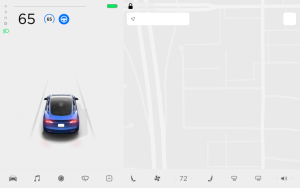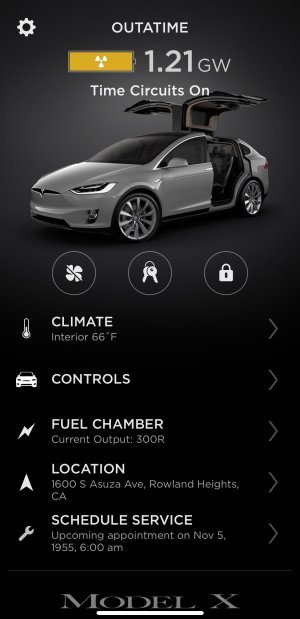Tesla Holiday Update Wishlist - Maps & Autopilot Edition
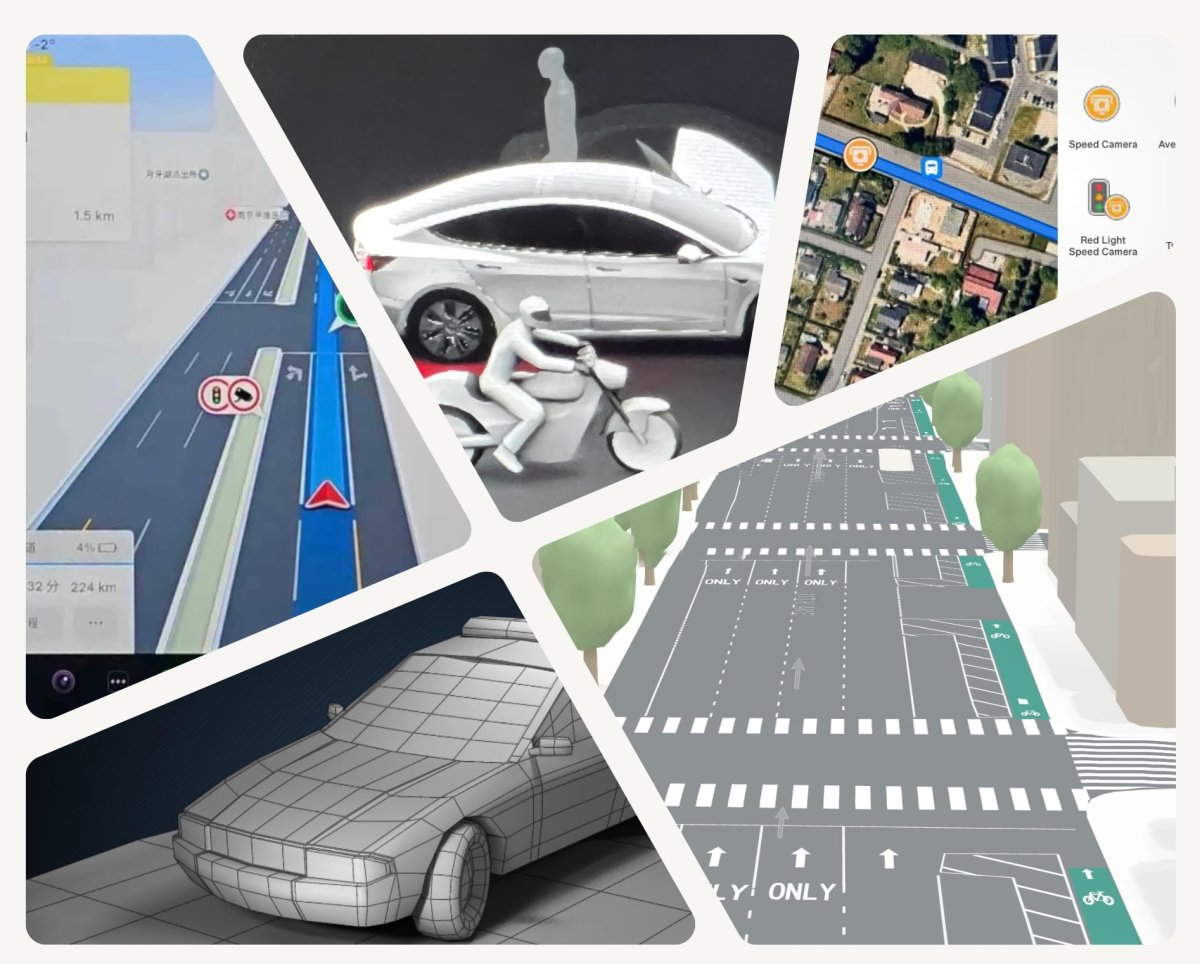
We’re eagerly anticipating Tesla’s biggest update of the year — the Holiday update. The update usually arrives in December, typically towards the end of the month. Last year, the rollout was actually earlier, happening in the second week of December.
As part of our ongoing series, we’re sharing our wishlist for features we hope to see in this year’s holiday update. This edition focuses on improvements to Tesla Maps and Autopilot.
Altitude
Tesla has been adding more weather information and other improvements to their maps. Some users would love to see the vehicle’s current altitude displayed on the touchscreen’s status bar at the top. This data can be derived from map data or a barometric sensor and could be a nice addition.
Fleet Support for Road Information
Every Tesla vehicle captures a tremendous amount of information and analyzes and categorizes almost all of it. We would be remiss not to wish for fleet-based support for road information, especially since one of the goals for FSD V12.5 was vehicle-to-fleet communication.
User-contributed Map Data
Many users have asked for the integration of more Waze-like features into Tesla’s navigation. Earlier this year, Tesla added Speed Camera locations, traffic lights and stop signs to maps, but users really want it to be a Waze-like experience that lets you contribute data. This includes marking police car locations, accidents, construction, and more. We’re not sure how likely this is to happen. So far, Tesla has relied on the Google API and other vendors to highlight information on the map.
Avoid Highways Option
Users have been asking for an ‘Avoid Highways’ option forever, as it’s a standard option in navigation systems nowadays. While the Alternate Routes feature is helpful, it may not always provide a route that avoids the highway.
In June, Elon Musk confirmed that a “Avoid Highways” option would be added to Tesla navigation. We still haven’t seen it arrive, but we’re fairly confident that it will eventually be available in Tesla vehicles, maybe even for the Holiday update. What better way to enjoy a winter wonderland than to drive through some country roads instead of on the highway?
3D Buildings in Maps
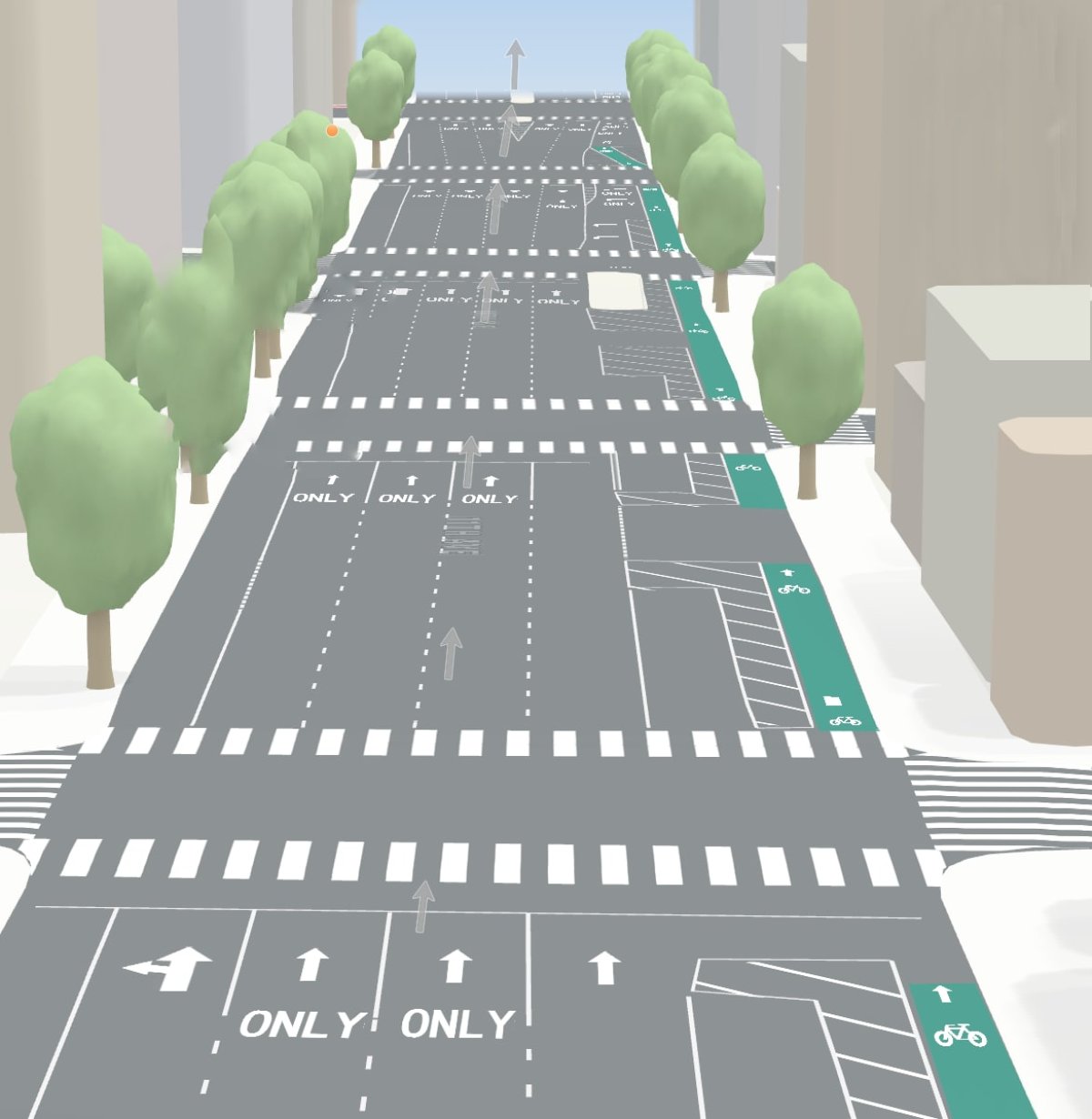
3D maps arrived in China earlier this year, and Google began rolling out 3D maps for various apps just last month. Apple already provides a 3D map with beautiful renderings of nearby buildings, and Rivian already features 3D buildings with an Apple-like look, so Tesla is playing catch-up a little bit here.
While 3D map support could be viewed as mostly eye candy, it can sometimes be useful when navigating an unknown area. Since the Intel infotainment processor is already near its limit and has excluded features in the past, such as improved visualizations and High Fidelity Park Assist, this feature could be limited to newer AMD-powered vehicles.
At Tesla’s recent Robotaxi event, we saw custom 3D maps in the vehicle with a specialized interface, so Tesla knows this is an appealing addition.
Full-Screen Visualizations on Intel
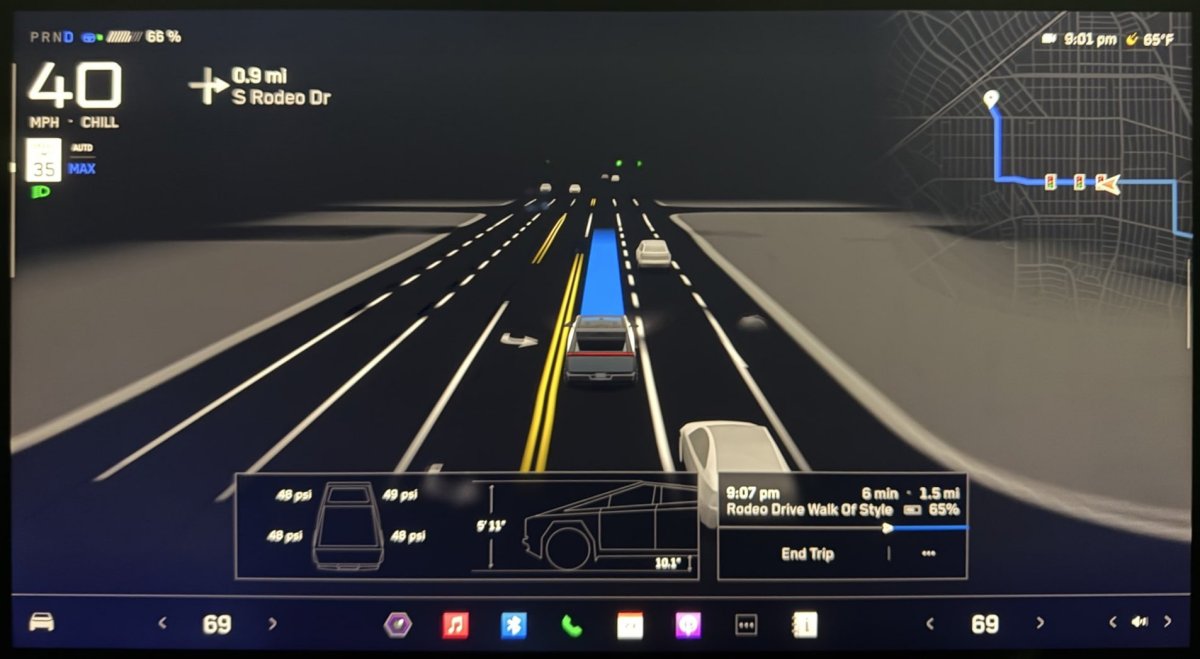
This year Tesla added support for full screen Autopilot visualizations on AMD-based vehicles. Unfortunately the option to go full screen isn’t available on Intel vehicles, unless you’re in North America and have FSD.
There isn’t a clear reason why this is the case, since Intel vehicles can obviously handle them. It’d be nice if this holiday season Tesla expanded full-screen visualizations to all Intel vehicles, regardless of location.
Detect and Visualize Emergency Vehicles
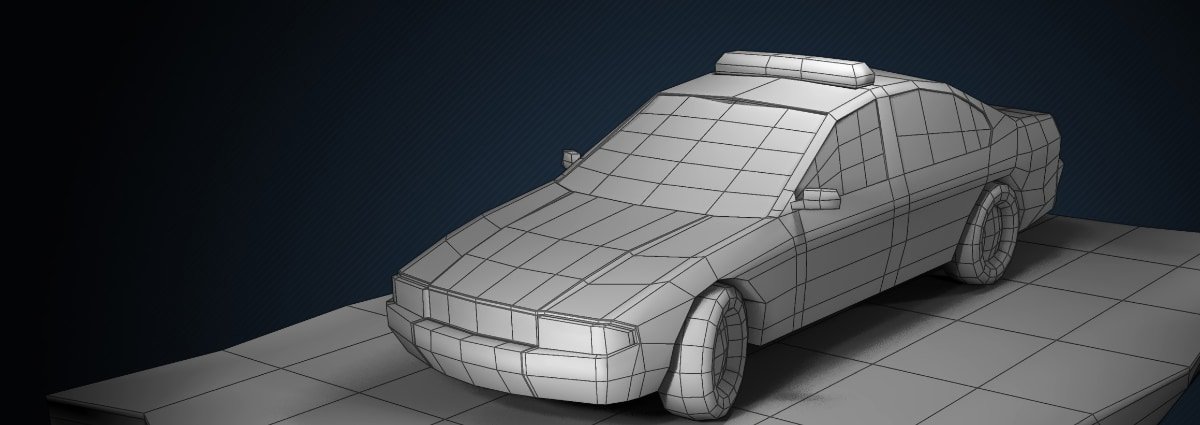
Tesla already detects emergency vehicles while on Autopilot, however, it doesn’t display them in the visualization any differently than a normal car. Tesla was planning on adding emergency vehicle visualizations as far back as 2021, but they didn’t happen for some reason.
Tesla recently announced that they’re going to step up emergency vehicle detection by not only detecting the vehicles visually but also using audio input as a cue. With FSD v13, which is expected to be released to Tesla employees this month, FSD will detect emergency vehicles using the vehicle’s internal microphone. This should let the vehicle know about emergency vehicles sooner. We’re hoping that on-screen visualization comes along with this update.
If it’s anything like Tesla’s 2021 implementation, Tesla will design emergency lights that could be added to various existing 3D models, such as cars, SUVs, and motorcycles.
FSD Visualizations in Other Regions
This one is long overdue, and we hope it finally arrives. Owners outside of North America have been paying for FSD for years and have almost nothing to show for it. Sure, it includes some features like Summon (with USS vehicles) and, more recently, Autopark, but it doesn’t even include Actually Smart Summon yet.
While Tesla says the FSD is coming to Europe and China in Q1/Q2 next year, it’d be a great addition to add FSD visualizations for the time being.
There’s no doubt that Tesla is already detecting objects and vehicles behind the scenes and comparing what the vehicle would do to what the driver does to help improve Autopilot in these markets. For some reason, Tesla has decided to show different visualizations depending on whether you have Autopilot or FSD and whether you live in North America or elsewhere.
Adding FSD visualizations for everyone, regardless of whether they have Basic Autopilot, EAP, or FSD, would be an exciting addition — and it may even increase the subscription rate to FSD.
FSD Tow Mode Support
Today, using Tow Mode in the Cybertruck, Model X, Model S, or Model Y will completely disable FSD and Autopilot. Tesla has been testing FSD on the Tesla Semi, so we hope to see Tow Mode get support for either Autopilot or FSD. It would make long trips with a trailer much better on highways!
Expand Basic Autopilot
Tesla’s Basic Autopilot includes Adaptive Cruise Control and Autosteer, but we’d love for Tesla to expand this further to match what other manufacturers are offering.
Right now, Tesla considers Navigate on Autopilot and automatic lane changes part of Enhanced Autopilot. This means that if you’re on Autopilot and want to change lanes, you need to disable AP, change lanes, and re-enable it. Since many regions no longer offer Enhanced Autopilot for purchase, users are forced to put up with this annoyance or pay for FSD, which isn’t offered as a subscription outside of North America.
By creating a clearer distinction between Autopilot (focused on highway driving) and FSD (designed for city driving), Tesla could improve the Autopilot experience for users while encouraging them to upgrade to FSD.
Actually Smart Summon
Actually Smart Summon is still mostly limited to North America, with some small regions such as Taiwan, also receiving it. However, it still requires you to hold the ‘come’ button currently. The next big leap would be to remove this requirement and enable users to summon their vehicles with a single tap. Tesla previously said this was coming in a future improvement to A.S.S.
Ideally, we’d see the reach of Actually Smart Summon expanded to Europe and other regions and improvements of the feature, although we’re much more likely to see the former for the Christmas update.
Cybertruck is also still waiting for Summon, so this could be an additional surprise.
Autoshift for All Cars
While Autoshift isn’t directly tied to Autopilot, it does leverage AI to decide whether to shift into reverse or drive. This feature has now been released on the new Model S, Model X, the new Model 3, and the Cybertruck. However, Musk once said that it would be added to all Tesla vehicles, so we’re hoping that’s still in the works.
There’s certainly no reason why Tesla can’t add it to older vehicles with stalks. For those not familiar with Autoshift, it allows the vehicle to automatically shift into reverse or drive when the driver is ready to start moving. This makes it even easier to get going: You simply get in the car, press the brake pedal, giving the vehicle a chance to shift, and then press the accelerator.
While this is a list of the most popular user requests related to Tesla’s navigation and Autopilot features, we’re sure that there are some we missed. Let us know your thoughts and ideas in our forums.
Be sure to check out our other wishlists:
Wishlist 1 - Tesla App Edition
Wishlist 2 - Tesla Maps & Autopilot Edition
Wishlist 3 - Tesla Entertainment Edition
Wishlist 4 - Tesla Charging & Safety Edition











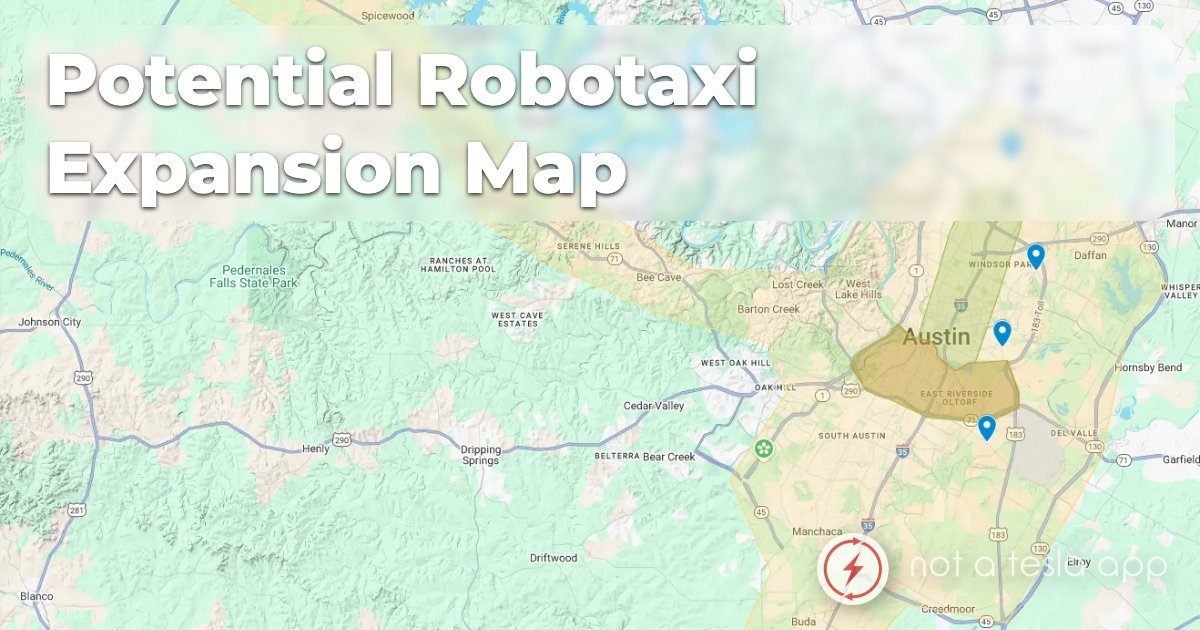
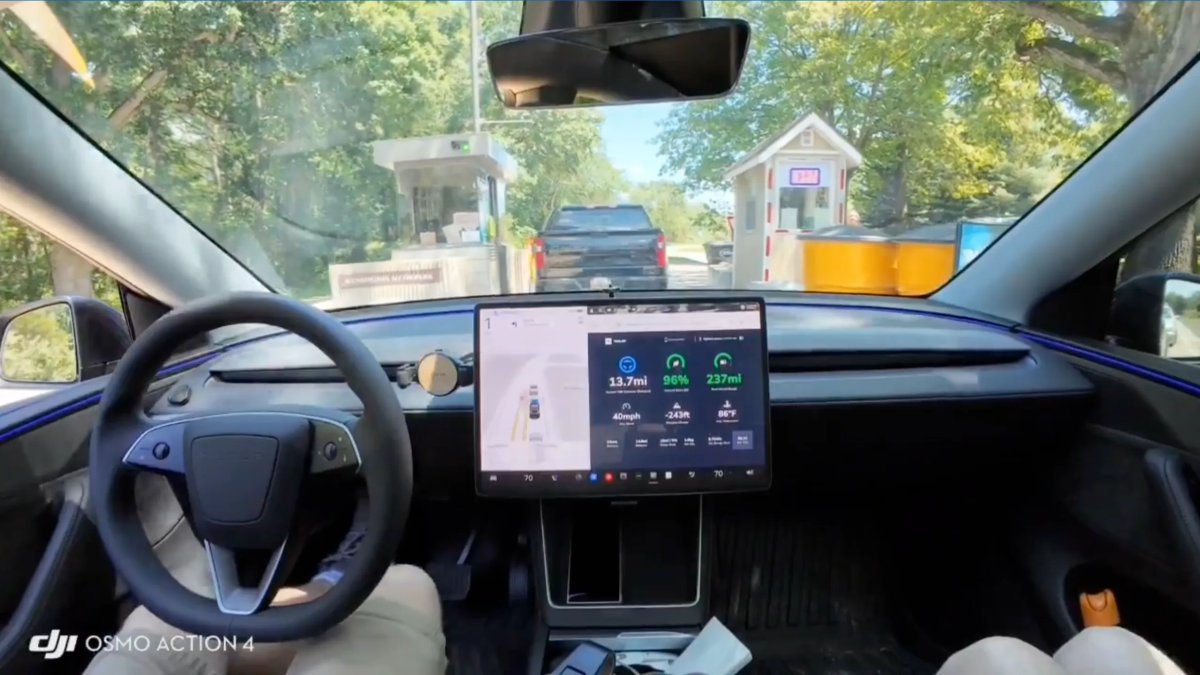


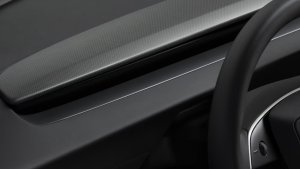
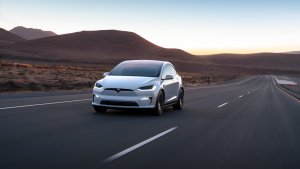
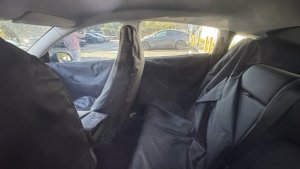
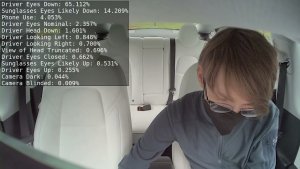
_300w.png)
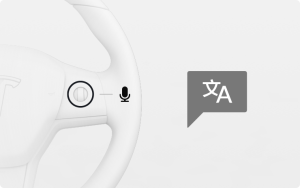
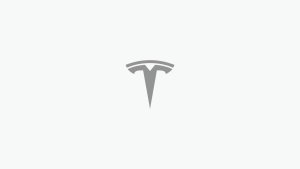

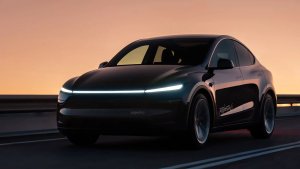
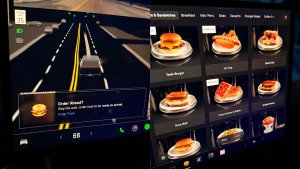
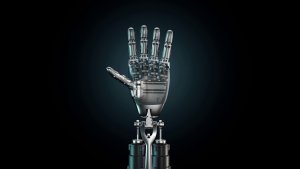
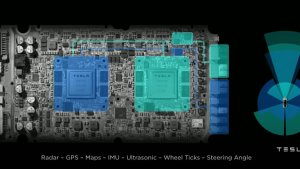
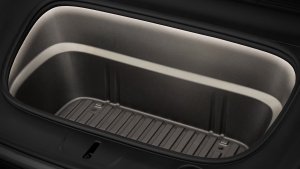
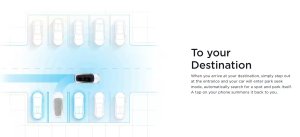
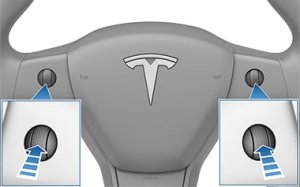
![Elon talks about Twitter and job cuts at Bloomberg forum [video]](https://www.notateslaapp.com/images/news/2022/elon-musk-qatar-forum_300w.jpg)
